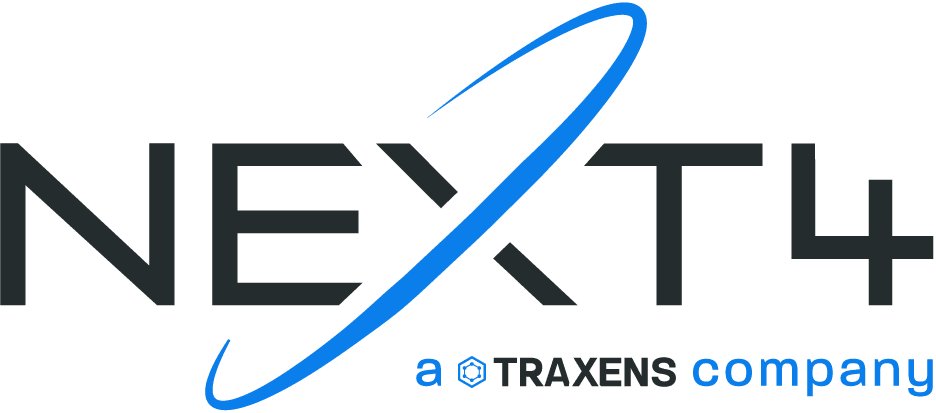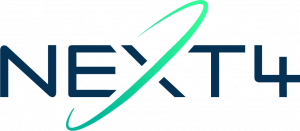In the field of IoT, international tracking implies two things : being able to record the location of an object in a more or less precise manner and then, whatever this location, to transmit it to the application server in order to be able to value it from a business point of view.
The localisation part can be done either directly from the object, in which case it is exclusively a question of satellite positioning (GNSS for Global Navigation Satellite System) based on systems such as GPS, GLONASS or Galileo.
Either by software processing using information transmitted by the object to the application server which will use it to provide coordinates. In order to do this, the object will collect and transmit information from its direct environment, scanning of WIFI MAC addresses, cell antenna Cell-ID, list of IDs and RSSI associated with LPWAN base stations (ie: Sigfox), frequency offset between transmitted and received signal (Doppler), …
The transmission must be based on a communication network with the lowest possible consumption.
Whether terrestrial or satellite, this network must offer the greatest possible coverage from a physical point of view, with an extensive physical antenna network, but also from a technical and economic point of view, providing a proven, widespread and reliable roaming mechanism.
The many choices of location and transmission systems offer multiple combinations, each with its advantages and disadvantages.
The selection cursors are just as numerous, including: the accuracy of geolocation, the generated consumption, the cost of the subscription including roaming, the roaming coverage offered, the cost of the associated electronic components, etc…
As seen in a previous article (How to estimate the autonomy of an IOT product before its development?) autonomy remains one of the key criteria of the product’s relevance to its market.
It is therefore absolutely necessary to take into account the impact on autonomy in the choice to be made among the different technologies available.
In this article, we will present the approach that enabled NEXT4’s R&D teams to choose the right technologies for its shipping container tracker.
1. How to geolocate our object ?
In the case of international tracking of goods, what we, at NEXT4, call “Mega Tracking”, the need for accuracy is quite low.
Indeed, on a journey that will last on average between 3 to 8 weeks, over a distance of several thousand or even tens of thousands of kilometres, it is not necessary to have an accuracy below one kilometer.
Based on this observation, the use of GNSS seems to us optional, given its high consumption especially in “cold” start and the requirements related to its use, additional and dedicated components, antenna also effective on the corresponding frequency band …
The use of a geolocation system linked to the exploitation of contextual data is more adequate for our needs.
2. Mandatory roaming !
As explained in the introduction, roaming is essential for the proper functioning of an international tracking module.
Today, when we talk about low-power networks in the IoT area, there are many LPWAN (Low Power Wide Area Network) offers.
On the licensed LPWAN side, i.e. based on the classic cellular infrastructure and dedicated frequency bands, there are the NB-IoT (Narrow-Band IoT) and the LTE-M (Long Term Evolution, category M1).
On the unlicensed LPWAN side, i.e. using a dedicated network infrastructure and shared free frequency bands, there are several players, two of which stand out, Sigfox with its UBN (Ultra Narrow Band) and LoRa (Long Range) technology.
Even if from a purely technical point of view all these technologies manage what is necessary to operate in roaming, to date only LTE-M is offered by some virtual operators for roaming in multiple target countries; this is not yet the case for NB-IoT: despite its worldwide coverage which is close to that of LTE-M, the agreements appear to be more complex to put in place.
On the unlicensed LPWAN side, Sigfox includes in its offer operational roaming in all countries covered, which is not the case for LoRa.
We therefore have two technologies that stand out for their effective roaming management, LTE-M and Sigfox.
Let’s now compare these two networks from a more functional point of view and in the context that interests us.
3. An industrial use, therefore a deterministic network!
Although there are many technical differences between these two networks, the most differentiating point is, what we can call, the deterministic aspect of message transmission.
Like your mobile phone, a module based on LTE-M will try to hook up the network when it wants to transmit information; only when the two-way link is established will the information be transferred. The module is therefore certain that it has transmitted the information correctly.
In contrast to the Sigfox network, which operates more like a “broadcast ethernet”, the message to be transmitted is broadcasted by the module and can be received by one or more antennas, which must listen permanently.
Thanks to redundancy, each functional message is actually sent 3 times by the protocol, and with an adequate antenna density, the messages are mostly received.
However, from the module’s point of view, this remains a non-deterministic sending, which poses strong business constraints.
It should be added that it is possible to set up an acknowledgement system, by diverting the operating principle of the “downlink”, but this leads to over-consumption and remains a diverted use of the protocol.
Typically, a module operating with periodic message sending for example every 4 hours, can make a temperature reading at a faster period, for example every 15 min, to send the history at each cycle.
In the case of the LTE-M, it is possible to try to transfer, at each transmission cycle, the history of the temperature evolution measured since the last successful transfer, within the limit of the memory space of course.
With Sigfox this is impossible since it is not possible to know if the last transmission has been received correctly. You must therefore either systematically send back a history of fixed length at the risk of being redundant, or accept the possibility of losing information.
It is also important to understand that the need for tracking is closely linked to the value of the goods: the higher the value of the goods, the greater the need for tracking. In this context, it is very difficult to make an industrialist admit that the signal necessary for this tracking will just “maybe” be received.
In terms of consumption, by reducing the subject to a single message broadcast and without integrating roaming issues, we are at a ratio of 10 in favour of Sigfox. This may seem like a lot, but we are talking about very low consumption, which still allows several years of autonomy in LTE-M.
Not to mention that by integrating the roaming issue, which is costly in terms of autonomy on the Sigfox side, and a message size greater than 12 bytes in our calculations, this ratio decreases significantly.
4. But how much does it cost ?
When talking about cost, a distinction must be made between two things, the material cost of the electronic components needed to use a technology and the cost of use, i.e. the subscription taken out with the operator(s) supplying that technology.
Concerning material costs, taking into account all the necessary components, and not only transceivers, we are around 4 euros* for Sigfox Monarch technology against 12 euros* for LTE-M (with 2G fallback = switch to GSM network if no LTE-M).
The subject of the subscription is a little more complex: on the Sigfox side, it is necessary to count at least 8 euros* per year; on the LTE-M operator side, it will depend on the desired coverage, by choosing a coverage of about forty countries in order to make the comparison with Sigfox simpler, we arrive at an annual cost of 15 euros*.
Be careful however, the coverage of these forty countries is not yet entirely done in LTE-M, at the moment only about fifteen countries offer this technology in roaming, the transmission in the other countries goes through the 2G network.
* these prices are given as an indication, they do not take into account volumes or particular negotiations; the idea here is more to provide orders of magnitude for comparison.
Conclusion
We have just seen here the main reasons that led us to choose GSM and its evolution to LTE-M.
Of course, depending on the specific needs of a project and especially on the evolution of the market, this choice may be questioned.
However, we know that LTE-M deployments, which physically builds on the existing 4G infrastructure, is growing in many countries and immediately benefits from existing roaming agreements as soon as it is activated; this confirms our choice.
Moreover, NB-IoT, which is on paper more economical than LTE-M from a consumption point of view, remains usable in the future since the module we have selected manages both technologies and the frequency bands used are close.
by Nicolas Séjourné

